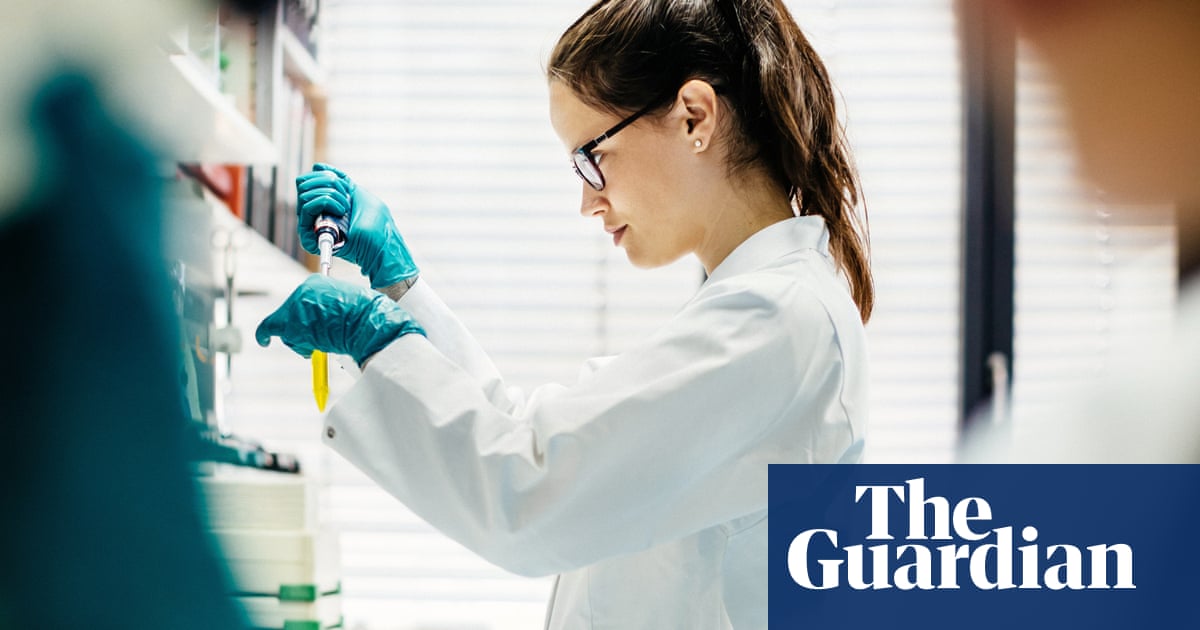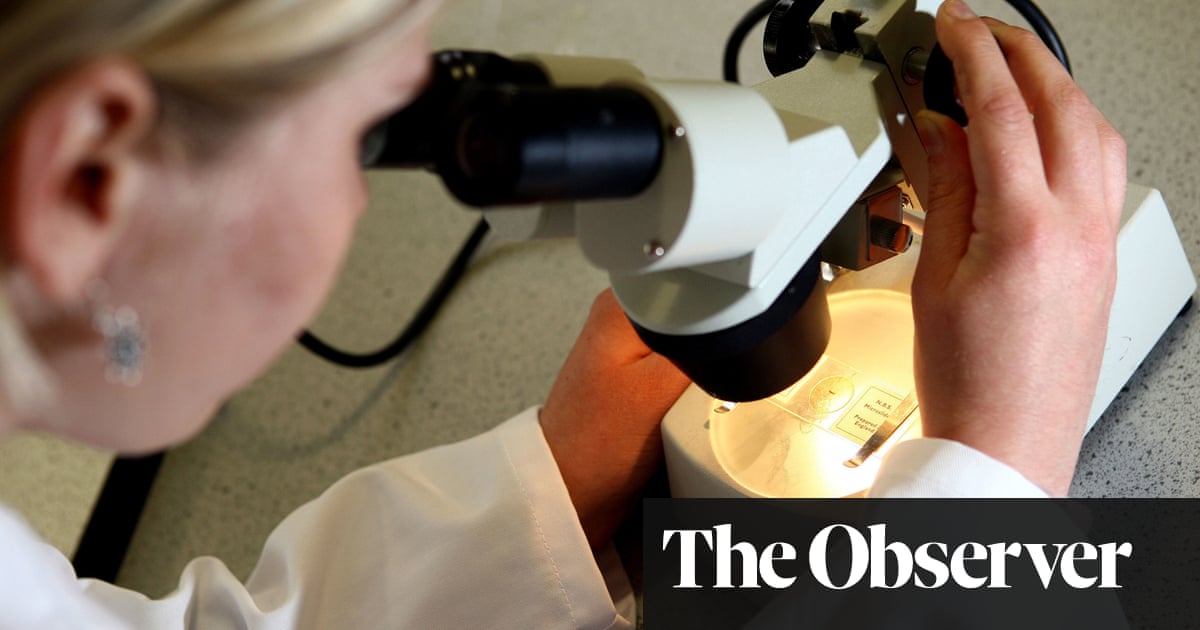
It’s frustrating enough when progress in medicine plods along slowly, but downright alarming when it starts to backslide. Bacterial infections were considered essentially conquered in the 20th century, and now resistant strains are projected to kill more people than cancer by 2050.
While some people dispute the projected death rate, it’s agreed that bacteria are evolving resistance to antibiotics faster than the drug pipeline can produce new ones.
But in the battle between mankind and microbes, our side has a few new tactics. Some scientists are finding new, more precise strategies for adding to our antibiotic arsenal. Others are finding ways to slow down the relentless evolution of resistant bacteria. One lab, with new results published last week, is combining those tactics.
Bacteria have been evolving for more than 3 billion years, so they have pretty good arsenals of their own. They can evolve with ferocious speed using tricks to increase their genetic diversity, and some can communicate and cooperate. Evolutionary biologists who work on the resistance problem say it will take more to hold them back than simply avoiding unnecessary or inappropriate prescriptions.
In an opinion piece published last December in the journal PLOS Biology, evolutionary biologist Sam Brown of Georgia Tech University advocated a hard push to find alternative ways to treat the most common bacterial ailments – urinary tract and bronchial infections and strep throat. Scientists are already scrambling to come up with alternative ways to treat the sorts of life-threatening infections people get in hospitals, he said, but a better long-term strategy for saving lives would be to focus on preventing the evolution of resistant bacteria in the first place, and most of that evolution happens because of those much more common conditions and treatments.
Others have begun to question the longstanding tradition of asking patients to take the whole bottle, often using the drugs for days after they feel better. As several evolutionary biologists have pointed out, if a few resistant bugs remain after the patient feels better, then taking more of the same drug won’t wipe them out. As this piece in the medical website STAT News points out, the current medical wisdom isn’t based on testing but became accepted before resistance had become recognized as a threat.
It might turn out that letting the immune system wipe out any stragglers would better prevent the breeding of resistant strains. If another new study is right, then continuing antibiotics after recovery may dampen the effectiveness of the immune system, thus giving any resistant strains that do crop up the chance to flourish.
In that study, MIT medical engineer James Collins and colleagues used the basic antibiotic ciprofloxacin on lab mice, and made a detailed analysis of how the drug affected the metabolism of the mouse cells. What the researchers found was that the drug affected many activities of the mouse cells in counterproductive ways – favoring the spread of the bacteria. “It’s a relationship that’s been largely overlooked,” said Collins. In building up our antibiotic arsenal, he said, it would help for prescribers and patients to know, for example, that antibiotics can inhibit the immune system.
The ability to keep the immune system in high gear might come out of the sort of precision work being done at the European Molecular Biology Laboratory. There, biologist Nassos Typas and colleagues pitted a few strains of multi-drug-resistant bacteria against 3,000 combinations – antibiotics paired with each other, or with other drugs or food additives.
The findings, published July 4 in the journal Nature, included a few surprisingly powerful combinations, including an outdated antibiotic called spectinomycin – developed to treat gonorrhea – combined with the food additive vanillin. The vanillin, which is what gives vanilla its flavor, worked very narrowly, enhancing just one antibiotic’s effect on one strain of E. coli.
Most of the 500 combinations that showed some mutually enhancing effect worked narrowly, said Typas. Many of the drugs that boosted the antibiotic effectiveness against one strain detracted from it against others. That’s potentially a good thing, he said, because it could help target the disease-causing bacteria while avoiding collateral damage to our friendly bacteria – what’s become known as the microbiome.
The billions of bacteria that make up your microbiome help you digest food and perform other tasks, and studies show that antibiotics can disrupt them for at least a year. But worse still, once the organisms of the microbiome become antibiotic resistant, they can pass that on to future infections.
Unlike animals, bacteria have a very efficient way of building their genetic diversity – a process called horizontal gene transfer. There are a number of ways it happens. Sometimes, in an encounter that looks a bit like sex, different bacterial cells connect to each other, but instead of each one combining genes in a new offspring, bacteria can just swap genetic material directly. They don’t have to be from the same species to do this.
So you don’t have to fail to kill an earlier infection in order to breed antibiotic-resistant bacteria in your body. A successful course of antibiotics will also build up genes that confer resistance in your microbiome. And the microbiome can transfer these genes to dangerous, disease-causing bacteria.
That’s why Typas said he was so encouraged that some of those combinations had a powerful killing effect on one strain of bacteria but very little effect against others. That would add to mankind’s arsenal without giving away anything to the microbes.(Bloomberg)












